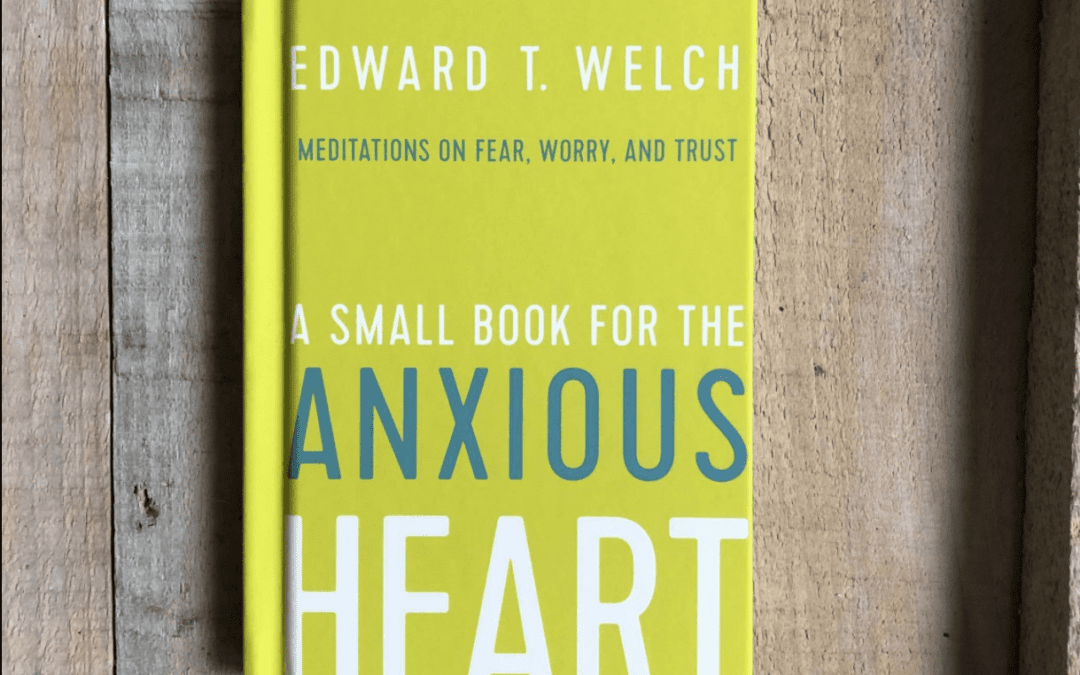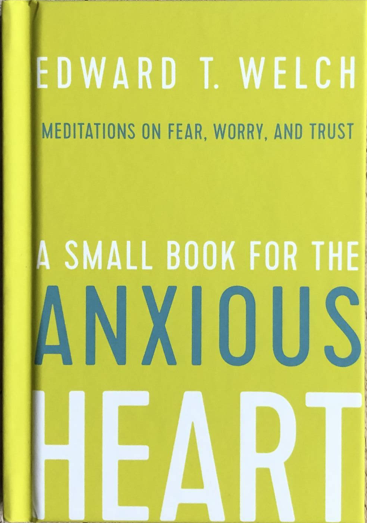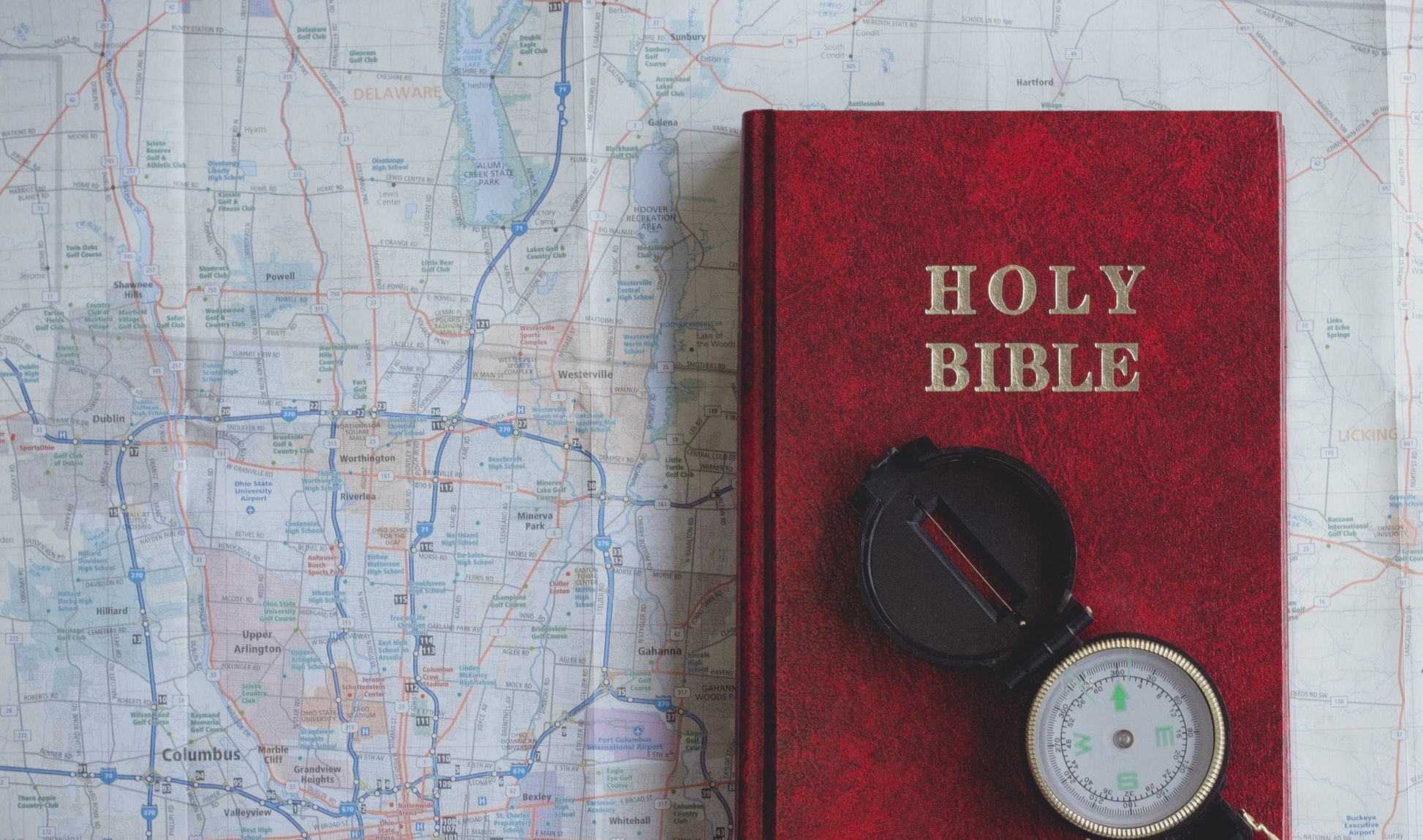This is the third in a three-part series on the sign of Baptism. Read the Introduction and Part 2. This post is based on a sermon preached, November 29, 2020, titled, “Baptism: A Sign of Addition”
****
A certain headline recently caught my attention: “Utah monolith: Helicopter crew discovers mysterious metal monolith deep in the desert.” What was this all about?
Sure enough, way out in the desert was discovered a triangular structure of polished metal. Its clean edges rose out of the ground some ten feet. Clearly it did not belong there, but where was it from? As if from another world entirely, that triangular structure was proof that someone was up to something.
That is not so much unlike what the church is in the world. Here is a picture of a similarly beautiful and otherworldly structure:
Those who received his word were baptized, and there were added that day about three thousand souls. And they devoted themselves to the apostles’ teaching and the fellowship, to the breaking of bread and the prayers. And awe came upon every soul, and many wonders and signs were being done through the apostles. And all who believed were together and had all things in common. And they were selling their possessions and belongings and distributing the proceeds to all, as any had need. And day by day, attending the temple together and breaking bread in their homes, they received their food with glad and generous hearts, praising God and having favor with all the people. And the Lord added to their number day by day those who were being saved. —Acts 2:41–47
This is the church, a mysterious monolith in the desert of this world. Its crisp edges are unmistakable, distinct, and visible to anyone with eyes to see. Baptism is no small part of that. In fact, as a sign of the new covenant, we could say that baptism gives the church its visible definition. Baptism is the shape of the church.
In the last post we focused on the invisible things to which baptism points. In this post, I want us to focus on the visible things that baptism calls us to and creates. We will explore what the Bible teaches and then we will make some applications for how we approach baptism. This will require some biblical work and, with it, some conceptual rewiring. We’ll give it the time we need.
How Is Baptism a Sign of Addition?
One of the Bible’s first and simplest lessons about the local church is a math lesson.
Notice the order of things here: “Those who received his word were baptized, and there were added that day about three thousand souls. And they devoted themselves to the apostles’ teaching and the fellowship, to the breaking of bread and the prayers” (Acts 2:41, 42). The Word led to baptism, which led to a defined worshiping community. As people were baptized, they were “added” to that community. That’s what Luke is teaching us.
What does this addition involve and what does baptism have to do with it? And who’s counting anyway? Apparently, there were two parties keeping track of who was added to the church. Understanding who they are and why they counted will help us with the sign of baptism.
Through baptism we are counted by the church
Besides the Lord himself, the church is the first party keeping track of souls. We know why we count our money. We know why we count the heads of our kids when we get in the van. What does it mean for the church to count us when we’re baptized?
With this question, I am about to Bible assault the idea that baptism is a personal decision and an individual thing merely. We decide where we go to eat. We decide where to shop for clothes. We decide which kind of shampoo we will use. When it comes to identifying with Christ, it is bigger and deeper than that, and that is good news.
Before we see how, here is a thought experiment. You might have the last name Smith, but if things took the normal course, you were born into a specific Smith family. Intuitively you did not pit the more universal truth that you belonged to the Smith family more broadly against the narrower truth that you belonged to your mom and dad and siblings. They are both true at the same time and they were true at the point of your birth. In fact, the way you come to know you belong to the Smith family more broadly is through identification with a Smith family more locally. The illustration will break down eventually, but I trust you’re tracking with me.
Now, four things the church does when we baptize someone.
First, when we are baptized, we are counted in. The portrait God gives us in Acts 2 does not involve a loose affiliation of floating Christians but committed family. Luke did that on purpose. When local churches made disciples and counted them in through baptism, they did this in obedience to Jesus. When Jesus said, “I will build my church,” he gave us the “keys of the kingdom” with the authority to preach his gospel and make disciples and the responsibility to keep careful track of the disciples we make (16:18–19; 18:15–20). “Go therefore and make disciples of all nations, baptizing them in the name of the Father and of the Son and of the Holy Spirit, teaching them to observe everything I have commanded you” (Matt. 28:18–20). Baptism is not just a decision for the person who wants to be baptized. It involves a decision on the part of a church to go public with a person together.
Having been counted in, we are now counted on. A baptized Christian is to be treated as an indispensable member of a local church. We do not just baptize one another into Christ, but into his body (Gal. 3:27, 28; cf. 1Cor. 12:13). In terms of invisible realities, this speaks of our broad identification with God’s people at all times in all places. But once we start reading the New Testament letters, we begin to realize that this truth always touched down with visible local church commitments. Paul wrote to the church at Ephesus: “There is one body and one Spirit … one baptism” (Eph. 4:4, 5). But he wrote about that universal truth in order to ground his practical command for a church to bear with one another in love and build one another up as a body (4:2, 15, 16). The imagery of a body involves real-life coherence and interdependence. “The eye cannot say to the hand, ‘I have no need of you,’ nor again the head to the feet, ‘I have no need of you.’ On the contrary, the parts of the body that seem to be weaker are indispensable” (1Cor. 12:21, 22). Indispensable! In other words, we make disciples, baptize them, and then count on them.
In baptism we also become accountable. We say to one another, “How can we who died to sin still live in it? Do you not know that all of us who have been baptized into Christ Jesus were baptized into his death? We were buried therefore with him by baptism into death, in order that, just as Christ was raised from the dead by the glory of the Father, we too might walk in newness of life” (Ro. 6:2–4). This accountability goes further than exhortations. What happens when we stop living consistent with our baptism? Our brothers and sisters call us to repent and when we persist, they “tell it to the church,” and if that doesn’t win us, then the church treats us like an unbeliever (Matt. 18:15–20). Here’s what this means: when we go public with someone in baptism, we must be willing to go public in saying they are not a Christian through church discipline if necessary.
Fourth, in baptism we are accounted for. After churches were planted, elders were appointed (Acts 14:23). Which means we have this comforting command: “Obey your leaders and submit to them, for they are keeping watch over your souls, as those who will have to give an account” (Heb. 13:17). When we are added to the church, we get real life shepherds who watch over our souls and who will give an account for us to God. This doesn’t mean they need to know everything about us. Only the Lord can keep that kind of a watch over us. But it does mean that our churches are led and fed by elders who are godly and who have God’s heart for God’s people. Baptism means that we aren’t just on God’s books, but we are on the books of a local church and its leaders.
Here’s what all this means: baptism is not just a private or an individual thing. Yes, it is deeply personal, but it is also a family thing. And that’s part of God’s good plan for us. Baptism puts you and a local church on public record that you belong to Christ.
When we go on record together, someone else starts counting too.
Through baptism we are counted by the world
In this section I want to Bible assault the idea that we can baptize someone without disclosing the costs or discerning that they know what they are getting themselves into.
When we are baptized, some are happy about it. Heaven rejoices whenever a sinner repents (Lk. 15:7). But some are hostile about it. We looked at the portrait of the church meeting, eating, praying, and teaching in Acts 2. What happened next? Their teaching about the resurrection became an annoyance and some were arrested (Acts 3:1–3). Just as Jesus said (Jn. 15:20).
How did the hostile ones know who to ruff up? They were keeping track of who belonged to the church. For example, “Herod the king laid violent hands on some who belonged to the church” (Acts 12:1). Paul, before he was converted, “persecuted the church of God violently and tried to destroy it” (Gal. 1:13; cf. 1Cor. 15:9). He sought letters from religious officials “so that if he found any belonging to the Way, men or women, he might bring them bound to Jerusalem” (Acts 9:2).
What animated this hostility toward the church? Paul tells us: “I myself was convinced that I ought to do many things in opposing the name of Jesus of Nazareth. And I did so in Jerusalem. I not only locked up many of the saints in prison after receiving authority from the chief priests, but when they were put to death I cast my vote against them.” (Acts 26:9, 10).
At times I hear someone say, “we need a compelling reason not to baptize someone.” That sounds right, but I believe it is mistaken. It seems better to say the opposite, that we need a compelling reason to baptize someone. It is true that the baptisms we witness in the book of Acts closely follow conversion. But they are also, each of them, publicly credible and immediately verifiable. That is, they were dramatic, attended with signs, save one; they were from a non-Christian to a Christian context; and they were costly in that persecution was assumed. One of the was a jailer responsible for guarding Christians. Baptism was itself a test of one’s faith.
This is consistent with Jesus’ teaching on what it means to be a Christian. When Jesus called people to follow him, he was big into full disclosure. “If anyone would come after me, let him deny himself and take up his cross and follow me. For whoever would save his life will lose it, but whoever loses his life for my sake will find it” (Mk. 16:24, 25). Or, “Follow me, and leave the dead to bury their own dead” (Mt. 8:22). Or, “Whoever loves father or mother more than me is not worthy of me, and whoever loves son or daughter more than me is not worthy of me” (Mt. 10:37). We are saved by grace through faith (Eph. 2:8). It is a miracle of God. But it is a miracle that moves us (Eph. 2:10). Saving faith follows Jesus. There is no contradiction here.
Here’s what this means for baptism. If we are to make disciples and then baptize the disciples we make, how do we know when we’ve got a disciple? I suggest to you that Jesus has told us what to look for. One of those things is a resolve to follow Jesus whatever the cost. That’s important to remember, since baptism puts them on record not only with the church, but with the world.
Getting Consistent on Some Things
Now it’s time to press this teaching into a more consistent practice of baptism for our church. Here are two areas in which we as elders have become convinced that Jesus has more for us in this sign than we’ve been seeing or enjoying.
Baptism and church membership go together
Baptism and a church’s membership process should be tightly linked in two ways.
First, since baptism is Jesus’ membership process, any other processes we create around it should support and account for baptism, and not sideline this sign. Consider this question: what does it take to start a church? Do we need a building or programs or spreadsheets? No, Jesus made it much simpler than that. We need the preaching of the gospel, some water, and some bread and wine (juice is just fine). That water part is Jesus’ membership materials because baptism is the church’s front door.
What does this mean for us? It means that when someone comes to us for baptism, we shepherd them through the membership class and baptism functions as the last step. In other words, when they are baptized, they will at that moment become a member—counted in, counted on, accountable, and accounted for. This is new for us, but not entirely. For example, we have always required baptism for membership. We did not do this because baptism is merely a matter of obedience, but because it is a matter of membership. We’re convinced we need to work that principle in the other direction. Of course, when someone comes to us having been baptized as a believer at a gospel preaching church, we acknowledge that baptism for our purposes of membership.
Second, baptism is a sign in which the whole membership is engaged. Baptism is not something the congregation watches a pastor do to a new Christian. Baptism may be led by a trusted leader or pastor, but it is ultimately something we do together. The keys of the kingdom are given to the church, which means there are three consciences that need to be satisfied in baptism: the conscience of the one being baptized, the conscience of the one baptizing, and the conscience of the congregation. This is why a baptismal candidate testifies to the gospel and how they were saved before they are baptized. They do this in order that we can together welcome this person into our membership with joy and without hesitation.
So, members, when we baptize someone, that means we get to and must treat them as a brother or sister in Christ with all that that means expressed in our Membership Covenant. If you’re not a member but you are confessing Christ and you have been baptized, you should pursue membership at Heritage or at a gospel preaching church somewhere. And to those who are confessing Christ but who have not been baptized, you should be baptized and join us in membership.
Baptism assumes a certain level of maturity
When is a person old enough to be baptized? This is an important question for us to engage as a church in love for our children. We may intuit that a three-year old is too young to fully understand the truth and demands of the gospel. Can a three-year old be genuinely converted? I suppose, yes. Can a congregation be confident enough to affirm that salvation publicly and hold them to all that it involves? We believe we should say, no. But if not three-years old, then what age are we talking about then?
Let’s slow down and consider what children are like. Children are dependent. They are dependent on their parents for food, for decisions, and for their ideas. Children are changeable. That is, they are flexible, exploring, and unsettled. Children are also untested. Parents have to impose consequences on children because they are naturally shielded from the consequences of their decisions. All of this is right and good and God’s plan for children.
Can children who are dependent, changeable, and untested be converted? Emphatically, yes. Is it easy enough for them and for us to discern whether they are converted so that we are willing to give them the one-time sign of eternal safety with God? Should we, for our part, put them on the line for all that Jesus calls us to? We have become convinced that the answer to that question in normal circumstances is, no. We think patience is the most loving thing for our young people.
So, then, what age? Let us walk you through the questions we asked ourselves as elders. When does it usually become naturally evident not to mom and dad or even the pastor but to the church that this person is a true convert? When would it be natural for a young person to deal directly with the church and not through their parents? Since we should never baptize someone with whom we would not be willing to go through with church discipline, when would that typically seem right? We want our young people to understand what they are doing and remember it forever, so when is someone typically old enough for that to be the case? To return to our thinking on childhood, when do we normally see a clear move from dependence to independence, from changing to stability, from untested to tested?
We decided not to work with a defined age, but we think the mid to late teens is about right. We are eager to talk with anyone about their soul at any time but will be open in normal circumstances to move forward with baptism around that time.
Does this conform to the Scriptural pattern? That’s a question we’d hope you would ask. We believe it does. At the risk of lengthening an already long post, here’s why we say that. Jesus welcomed children to himself, but that famous episode served as a lesson for his disciples and all of us in humility (Mk. 10:13–16; cf. 9:33–37; 10:32–34). When Jesus called someone by name, it was an adult. When Jesus healed, it was on account of an adult’s faith. In other words, Jesus welcomed children to be around him, but we should not overstate what he taught. In the book of Acts, baptism and conversion are closely tied together as they should be. But, again, all of the examples we have are of publicly credible and immediately verifiable conversions. The explicit baptisms we have are also all adults. When disciples are mentioned we read about “men and women.”
Here’s the point: at best, the New Testament is inconclusive on the age of baptism for believing young people. We cannot be dogmatic about this. But there does seem to be a pattern that favors adulthood or, as we say, the years approaching adulthood. Adulthood came much younger in the first century. Our own practice is what we might call a biblically informed judgment call.
It helped our elder team to realize that in historical and international perspective, the common practice is to baptize at between sixteen and early twenties. As one of many examples, Charles Spurgeon believed his children were converted quite young, but baptized his boys when they were eighteen. In foreign lands where persecution is assumed for identification with Christ, that’s about the age that churches and families are willing to baptize as well. Anecdotally, at least three of our church plants baptize at between 16 and 18 years old. The American South after 1900 and especially after 1950 is somewhat peculiar for the baptism of children down in the younger ages. We would be right to make a connection between that and the problem of nominal Christianity in our day and age.
A word to children, a word to parents, and a prayer
What does this mean for children we have baptized at a fairly young age, perhaps as young as six-years old, who are not members? First of all, if you are walking with Christ, there’s no reason to doubt the legitimacy of your baptism. This practice we’re outlining is forward looking. Second, we’re okay with lag-time between your baptism and church membership. When it seems right—again, probably mid to late teens—reach out to an elder about church membership.
What does this mean for parents? Parents, we plan to equip you with some resources to shepherd your children to conversion and with help for discipling them in the Word. For you, we would offer you this word of caution: avoid offering your child the kind of overt assurances that are the church’s responsibility to offer. What should you say to your child when they ask about baptism? Keep reading.
Are you a child interested in baptism? Good job reading this far! What does this mean for you? Let me say to you what I say to my own kids: “I am so glad you have asked about baptism. That is a sign that the Lord is at work in you. If you are confessing Christ, keep believing. That’s exactly what a Christian does. As with many things in life, let’s wait on baptism until you’re a bit older. It seems best to our elders for us to wait, and so let’s trust them with that. But more importantly, that seems to be the pattern we see in the Bible so we’re going to trust God with that. We want your baptism to be clear and meaningful and memorable for you and for our whole church family. Until then, remember that Jesus welcomed children to him, and he welcomes you with open arms. Come to him, believe in him, and don’t stop.”
For all of us now, a prayer:
Father, empower us to preach the gospel and glorify your name by adding to our church. And make our church at Heritage a truly otherworldly community—unmistakable, distinct, and visible to anyone with eyes to see. Fill us with awe as we pray and sing and eat and teach. We want to see our young people and our neighbors saved. We want to see our neighbors baptized into Christ and into Christ’s body and joined to our church. Do this for the sake of your Son, in whose name we pray. Amen.
Now, let’s go make some disciples together.








